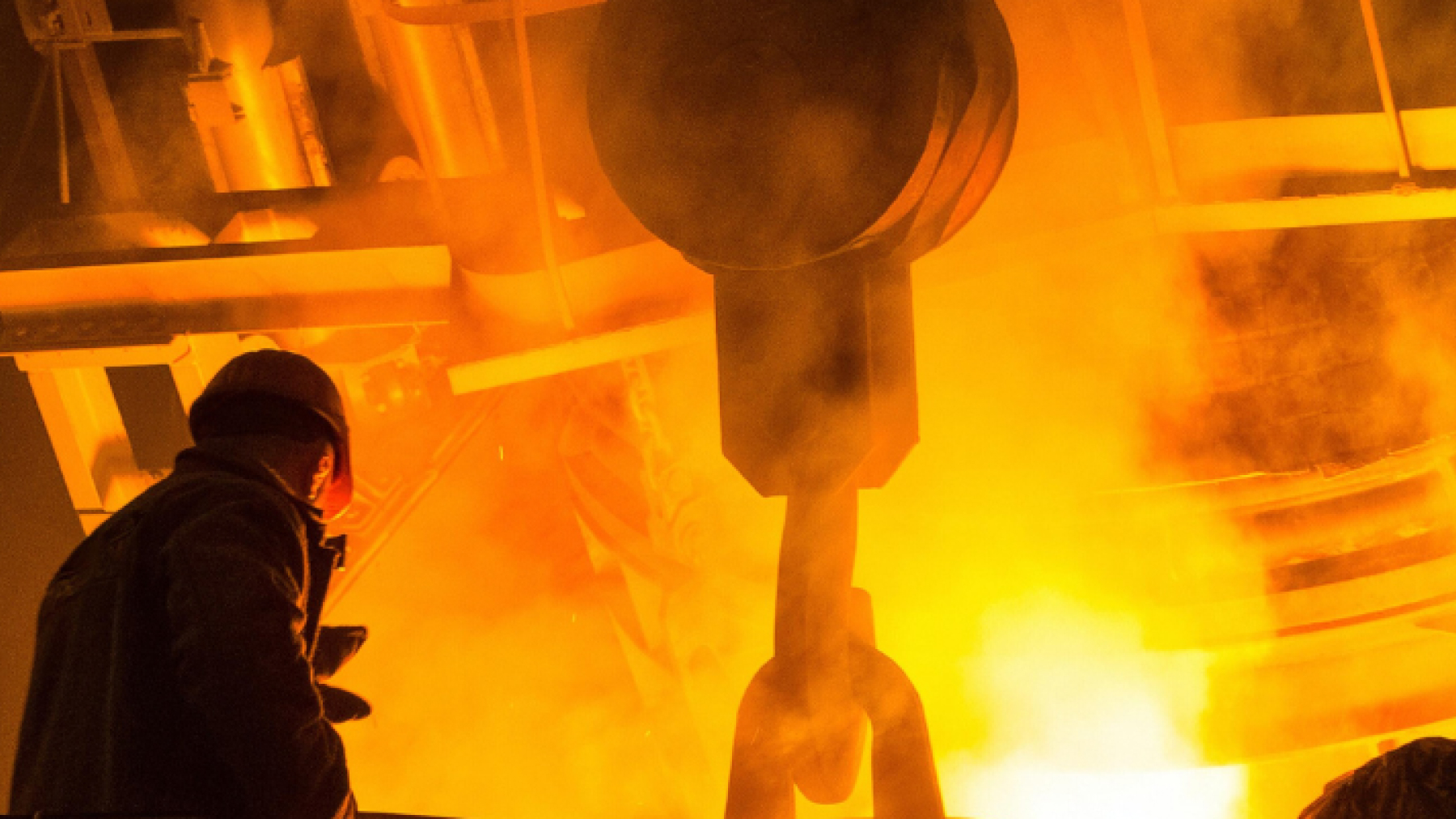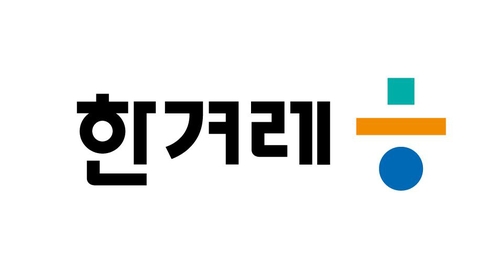INTRODUCTION
Iron and steel production is the largest carbon emitter among heavy industries. According to the International Energy Agency, the iron and steel sector accounts for 3.7 gigatonnes of carbon dioxide emissions annually, making it responsible for about 10% of energy sector CO2 emissions.
Such high emissions occur because the steel sector is currently the largest industrial consumer of coal. This is due to most steel production being highly reliant on burning coal, and therefore highly emissions-intensive. The most common primary steelmaking route involves coal-based blast furnaces and basic oxygen furnaces (BF-BOF). This route accounts for 73% of the world’s current steel production, totalling 1.95 billion tonnes of crude steel in 2021. To produce that amount of steel, the World Steel Association estimated that the global steel industry used about 1.1 billion tonnes of metallurgical coal. On average, producing just one tonne of crude steel results in 2.0t of CO2 emissions. Moreover, while the use of coal is the main source of CO2 emissions in iron and steel production, it is also one of the main energy-related sources of anthropogenic methane emissions.
Steel production from steel scrap is low-emitting as it mainly uses clean electricity in the electric arc furnace (EAF). EAF steelmaking only produces 10-20% of the CO2 emissions of BF-BOF steelmaking, depending on the input material and power mix. Hydrogen-based direct reduced iron (DRI) is growing in use, and it appears to have better decarbonization potential to move towards net-zero. A massive and rapid transition from coal to clean electricity to produce green hydrogen and to power scrap-based EAF production will be the key to drive steel to net zero.
As Global Energy Monitor reports, the transition away from coal-based steel production is underway but moving far too slowly. As of March 2023, 57% of planned steelmaking capacity uses the coal-based BF-BOF route. However, “the International Energy Agency’s (IEA) Net Zero by 2050 scenario indicates that over half (53%) of steelmaking capacity needs to use EAF technology by 2050 and 42% of primary steelmaking alone needs to use EAFs in a hydrogen-based direct reduced iron or iron ore electrolysis configuration to meet that goal. Current capacity plans will result in a mere 32% of total capacity using EAF in 2050, far less than what is needed.” Furthermore, the IEA notes that in order to achieve the net-zero by 2050 scenario — which is 1.5ºC-compatible — CO2 emissions from the steel sector should be cut by around 30% by 2030 from a 2019 baseline.
In terms of production volume, primary steelmaking projects declared to be near zero emissions would produce 13 million tonnes of steel by 2030 — only 10% of the amount of green steel capacity necessary to meet a 1.5ºC target. Most of these projects are located in Europe, whereas three-quarters of global steelmaking capacity under development is currently in Asia, with China and India accounting for 55% of steelmaking capacity in Asia.
Sources:
- Global Energy Monitor, Pedal to the Metal 2023, July 2023
- Agora Industry, Wuppertal Institute, 15 Insights on the Global Steel Transformation, June 2023
- The Institute for Energy Economics and Financial Analysis, No, metallurgical coal is not a critical material… and carbon capture won’t save it, July 2023
- Centre for Research on Energy and Clean Air, Solutions for Our Climate, Unveiling the Truth Behind Blast Furnace Pollution in South Korea, November 2022
- InfluenceMap, The Japanese and South Korean Steel Sectors & Climate Policy, April 2022
- Lead the charge, Hyundai’s Award-Winning Ioniqs: Failing To Answer The Call For Sustainable Supply Chains, April 2023
- SteeWatch, Sunsetting Coal in Steel, June 2023
- Fatih Birol, Clean energy is moving faster than you think, April 2023




